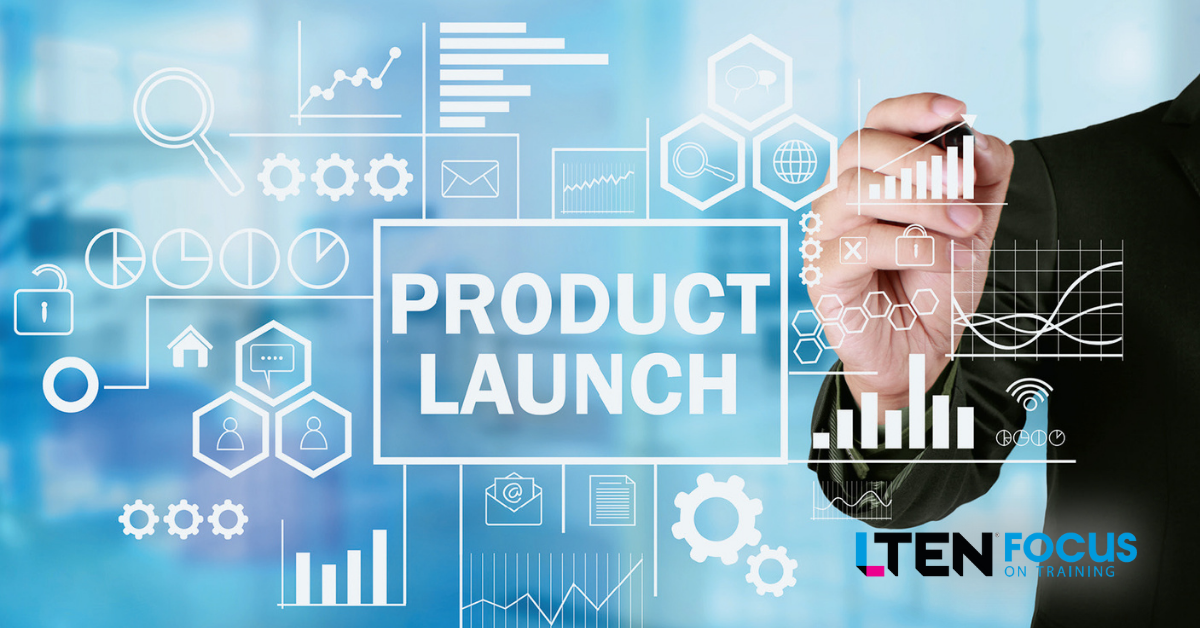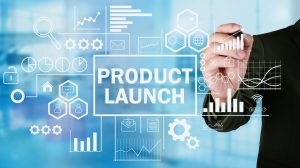
Product Launches – By Michael Amato
Launches can be complex, but should always keep the learner in mind
 Within the past five years I’ve been fortunate to be a part of two impactful product launches in both small biotech and large pharma.
Within the past five years I’ve been fortunate to be a part of two impactful product launches in both small biotech and large pharma.
My first experience was with Dermira, and we had the opportunity to transform from a research & development-based organization and commercialize the company’s first product. On a larger and most recent scale, my team and I supported the launch of SOTYKTU® at Bristol Myers Squibb, the first launch in dermatology in more than 20 years.
From a sales training perspective, creating a launch plan can be complex. In both launches, there were heavy tasks of striking the right balance of didactic curricula, cross-functional touchpoints and culture-building initiatives.
One of my main objectives was advocating for the learners’ knowledge, confidence and, most importantly, their introduction to a new company.
So what do you think I believe is most critical about both launches when developing a plan?
Infusing Culture From Day One
Culture truly is the trump card of all trump cards and plays a critical role in all aspects of any field force. When employees thrive in the culture of an organization, they can learn everything else while comfortably knowing that they have a strong support system behind them.
Positive and supportive team culture can strengthen the individual’s learning experiences, and my experience has taught me that culture starts with senior leadership and needs to be pulled through at every level.
One of the many misconceptions about culture is that you can’t budget for it, but my team did just that. From the moment a new hire comes on board, they receive a welcome letter and call from their peers, leaders and my team. Also, on the first day, our team shares a two-minute “hype video,” which has received much applause by our new hires and internal teams.
The goal with this innovative approach is to bridge the connection with our home office and welcome our peers to the organization. We asked more than 30 members from our internal team to help create the video, which put a stamp on amplifying our team culture.
Creating a Safe and Inclusive Environment
A common theme that you hear often within our industry is creating a safe and inclusive learning environment, which brings me back to my early days of grade school. One impactful teacher I had paved the way to establish a warm and welcoming environment, which I emphasized for my team to adopt when onboarding new hires.
Equally important were the various learning strategies my teacher implemented to reach every learner and strengthen their skills. The basics learned at a young age are parallel to what we apply today as trainers.
With self-deprecating humor from my team, coaching calls inclusive of gamification and videos that bring learning to life, we leave an immersive impact on our employees.
Developing a Solid Foundational Product Curriculum
Adult learning principles sit at the core of every good product curriculum. Adults have a higher sense of self-direction and motivation and are focused on achieving goals. When developing our product curriculum, the learner experience is always at the forefront.
Outside of our standard product modules, we leverage bite-sized learning — choosing the right content and providing several learning modalities. Our bite-sized learning consists of five modules with several chapters that take the learner about10 to 15 minutes to complete. This allows the learner to move at their own pace comfortably and gives them the ability to refresh quickly when needed.
In terms of having the right content, it’s important to create material for any learner to be able to understand. In our case, we have, on average, eight to 10 years of therapeutic experience. However, our curriculum is built with the intent to train learners with little to no therapeutic knowledge and to be an effective refresher for those who come with vast knowledge.
Furthermore, building toward the goal of different types of learners, we offer a variety of differentiated learning modalities. We leverage elearning, interactive PDFs, animated videos, quick summaries and coaching guides to reinforce each module.
This is what truly makes our curriculum shine: Every single learner finds a modalitythat works for them.
Conclusion
As we know, when creating a product launch plan there isn’t a standard recipe for success. Within my experience, the development of our training plans took about a year to align, refine and execute. It’s important to remember that the learner’s experience should be at the core of every plan.
I challenge you and your teams to continue to adopt a visionary mindset when developing new material and to leave as your legacy the impact you’ll make with your audience.
 Michael Amato is associate director, dermatology training & talent development, for Bristol Myers Squibb. Email him at michael.amato@bms.com.
Michael Amato is associate director, dermatology training & talent development, for Bristol Myers Squibb. Email him at michael.amato@bms.com.








